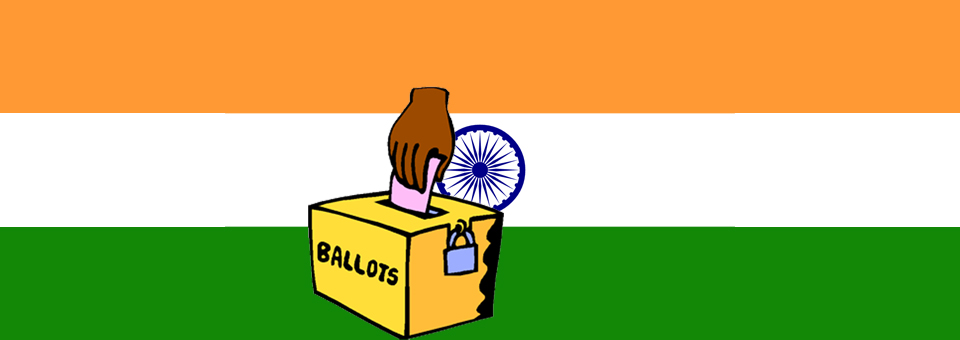India is now undergoing national elections to form the 16th Parliament. Issues concerning the basic structure of its inhabitants still need to be addressed as even now India is ranked 141 out of 162 countries in the Peace Index, even though this is an India claiming to be a changed, more educated domain. The statistics make for unpleasant reading.
Corruption remains the top issue for all leading political parties participating in the elections – it is twice the global average here – 54% say they pay bribes. Even within the judiciary the bribery percentage is reported to be 36%.
The national capital is home to over 100,000 street children and over 49% of the street children sleep in slums. These slums have now become a major tourist stop for Westerners to visit and study. That analysis has revealed that every fourth street child is a victim of substance abuse and over half of such children living in difficult conditions have never been to school and are illiterate.
India is a mainly agriculture-oriented state as 70% of its population still live in villages. But to develop an economic India 2,500 farmers lose their agricultural land every year due to forced acquisitions and in the last ten years under Dr Manmohan Singh’s rule, more than 100,000 hectares of agricultural land have been acquired for other purposes whilst more than five million rural people have been displaced from their roots – a number still growing.
Most of the parliamentarians have a hereditary background and have not risen of their own standing, for example in the last Parliament from the Punjab state alone, 70% of Parliamentarians had a political lineage. Figures in other states are no different, but for the first time with the emergence of a new political party, the common man has tried to change that – everyday people with a humble standing and to their credit work for social upliftment are being considered to represent the people under the Aam Aadmi Party (AAP).
The political landscape is increasingly being framed by those with influence under certain religious phobia be it Islamphobia or other religious concerns. The fault lines that exist from region to region are shaping Indian politics and increasingly politicians are being seen as a hindrance to stability. The politics of fear and despair is leading to a rise in helplessness. That is why numerous high level commissions and inquiries of various carnages since independence remain in paper only, whilst the perpetrators roam freely and in some cases are considered as important political figures who aim to govern the Indian nation.
It is too easily forgotten that India is a country born in blood due to the bloody conflict and separation of 1947 and still has to overcome many darknesses which have such an impact that they blind people who cannot see anything around them. The main human values like the idea that every person has the right to life, liberty, free speech and the pursuit of happiness are an illusion. In the last four years alone, 555 fake encounter cases were registered across India under the pressure of the National Human Rights Commission, whilst many more such encounters are never registered as was seen in Punjab during the Sikh struggle. Then thousands of such fake encounters were buried under State patronage regardless of whether it was an Akali Dal Government or Congress Party governance. The Akali Dal Government have been the more liberal in this regard and have even given top positions to those very people whose names are closely associated with many such fake police encounters. It is why the cases of former Akal Takht Jathedar, the most noble and respected Sikh Jathedar Gurdev Singh Kaunke lies buried in dust despite people having seen him in a Police lock-up before his death. Their evidence, that his skin was sliced up and the whole body appeared torn due to brutal torture is seemingly not enough to warrant investigation, even though he had no criminal case pending against him. The same is true of a close relation of noted revolutionary Bhagat Singh who too became a victim of a fake encounter and to date there has been no closure for the family. This is not even taking into account the other thousands who became the victim of fake encounters including the human rights crusaders like Sardar Jaswant Singh Khalra who is still considered ‘disappeared’ as per the Police version of events. This reflects the non-functional aspect of the criminal judicial system and non-concern of the political leadership across India who have not even replied to the recent 14-point letter of concern about human dignity and living a life without fear published by Amnesty International.
In the end, I can only visualize that the India of today has to look into its fault lines which are undermining hope and putting a stop to the unbridled freedom given to many security agencies who over the last decade under political patronage or the bogus plea of national threats have contributed the greatest security risk that citizens face. Indian elections bring hope, but much more is needed to rectify the problems this country faces.




